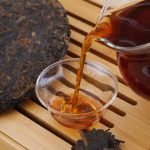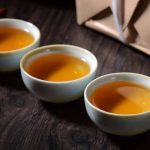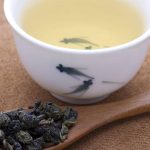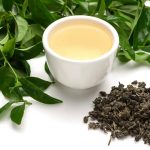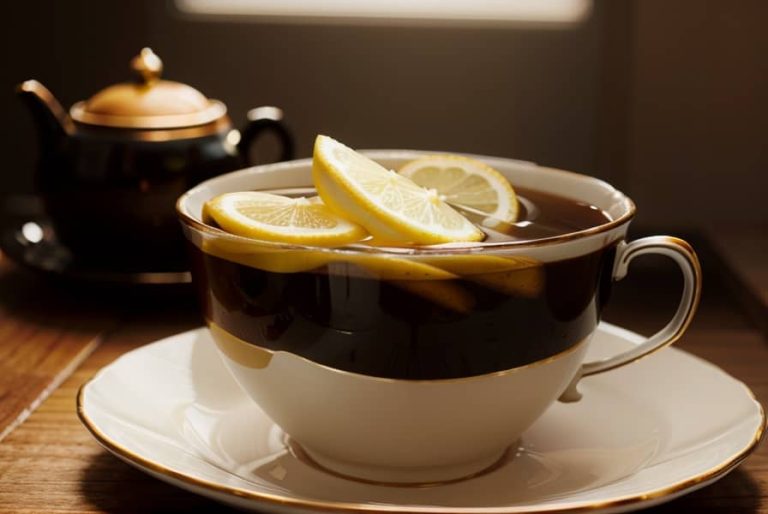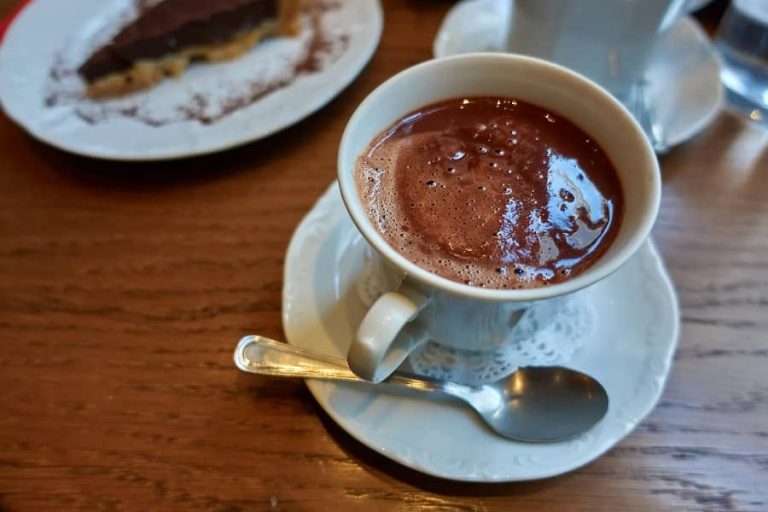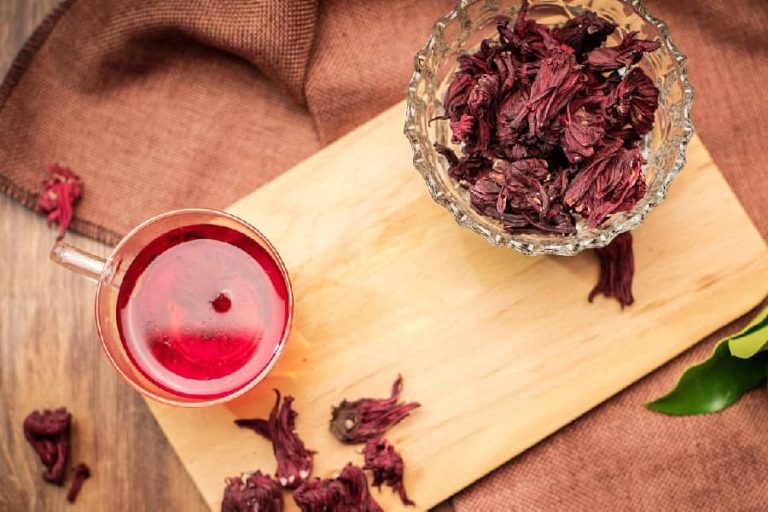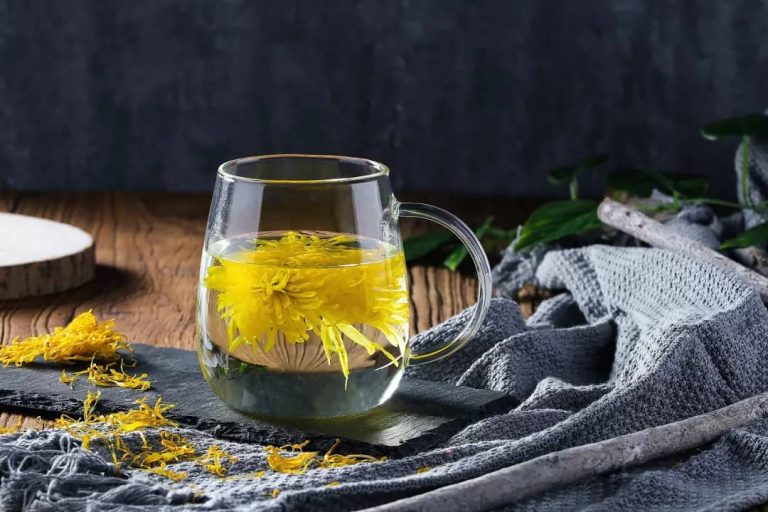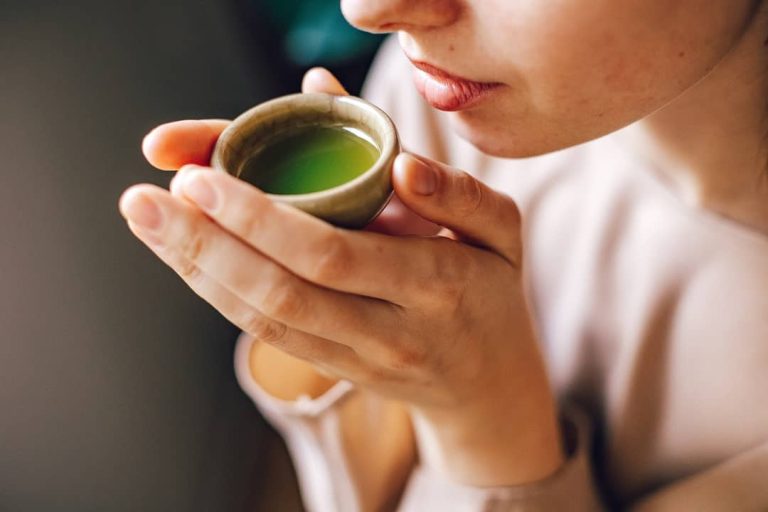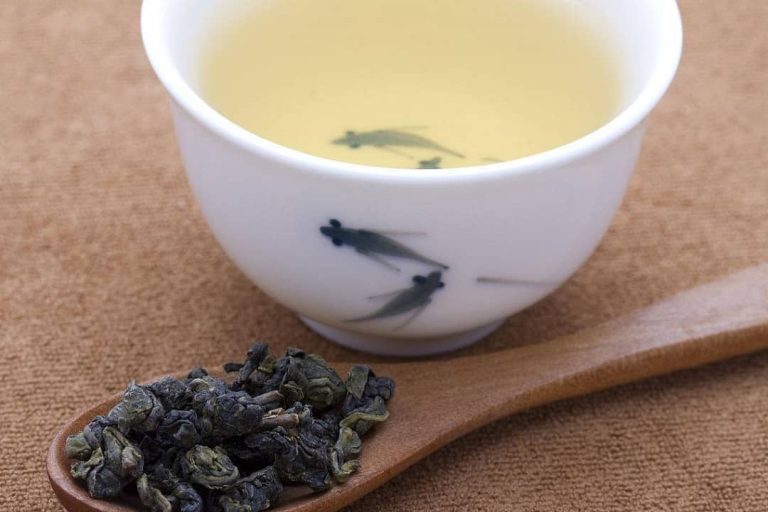Tea Brick: History, Production, Consumption, and Benefits

Tea has been an important part of various cultures worldwide for centuries. In ancient China, tea was compressed into bricks for easy transportation and storage during long journeys. These tea bricks have evolved over time and still hold cultural and historical significance. In this article, we’ll explore the history, production, consumption, and benefits of tea bricks.
The Origins of Tea Bricks
The practice of compressing tea into bricks originated in ancient China along the Tea Horse Road. Caravans carrying tea from the Yunnan province to Tibet and Mongolia compressed the leaves into bricks to make transportation easier. The practice became widespread during the Tang Dynasty, and tea bricks became a form of currency in some regions. During the Ming Dynasty, tea bricks were used as tribute to the emperor and as gifts in diplomatic relations.
Production Process of Tea Bricks
Traditionally, tea bricks were made by steaming tea leaves, compressing them into molds, and then drying them. The process could take up to two years, during which the bricks were aged in damp environments to enhance the flavor. Modern techniques have shortened the production time significantly, but the traditional method is still used for some high-end tea bricks.
Types of Tea Used in Tea Bricks
The most common tea used in tea bricks is Pu-erh, a type of fermented tea that originates from Yunnan province. Other types of tea like black, green, and white teas can also be used, but Pu-erh is the most popular choice. The tea leaves used in tea bricks are often harvested from old trees, and the quality of the tea determines the value of the final product.
Preservation and Aging of Tea Bricks
Tea bricks can be stored for years and even decades, with the flavor profile changing over time. The aging process enhances the flavor and aroma of the tea, and some collectors seek out aged tea bricks for their unique taste. The ideal storage conditions for tea bricks are cool, dark, and damp places with good ventilation.
Brewing and Consumption of Tea Bricks
To brew tea bricks, they must first be broken into smaller pieces. This can be done by hand or using a special tool called a tea knife. The broken pieces are then steeped in hot water for several minutes. The resulting tea has a rich, earthy flavor and can be enjoyed plain or with added milk and sweeteners. In some cultures, tea bricks are still used as a form of currency or as gifts during special occasions.
Culinary Uses of Tea Bricks
Tea bricks have also found their way into the culinary world. They can be used to add unique flavors to dishes like soups, stews, and marinades. Some popular recipes include tea brick chicken, tea brick soup, and tea brick-marinated beef.
Health Benefits of Tea Bricks
Tea contains antioxidants and other compounds that may have health benefits. Studies suggest that tea consumption may reduce the risk of certain types of cancer, lower blood pressure, and improve cardiovascular health. While research specific to tea bricks is limited, it’s likely that they contain similar health benefits as other types of tea.
Collecting and Appreciating Tea Bricks
Tea brick collecting is a popular hobby in some parts of the world. Collectors seek out rare and aged tea bricks for their value and unique flavors. Factors that influence the value of tea bricks include age, quality of tea leaves, and production method. Authenticity is also important, and collectors should be wary of counterfeit products.
Tea Bricks in Today’s World
While tea bricks are not as widely used today as they once were, they still hold cultural and historical significance. Tea enthusiasts appreciate the unique flavors and cultural traditions associated with tea bricks. Tea bricks can be found in specialty tea shops and online retailers, making them accessible to anyone interested in trying this unique type of tea.
Conclusion
Tea bricks have a rich history and cultural significance that has endured for centuries. While traditional methods of production and consumption have evolved, tea bricks remain a beloved part of tea culture. Whether you’re a collector or just looking to try something new, tea bricks offer a unique taste of history and tradition.

